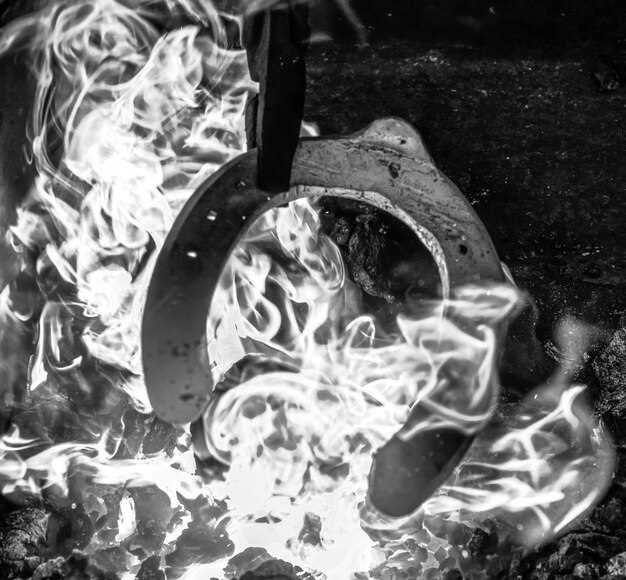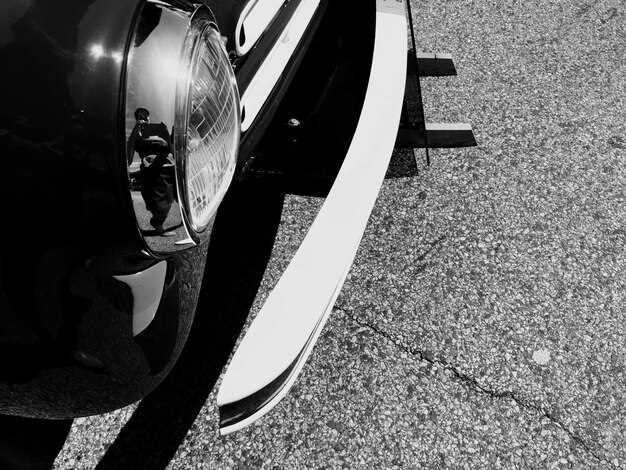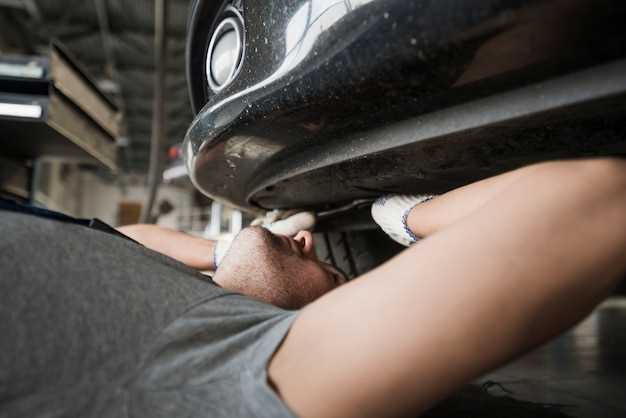

For Mustang enthusiasts, the thrill of driving is often accompanied by the distinct sounds of the engine and exhaust. However, nothing can dampen that excitement quite like an unexpected squeal from the brakes. Understanding the causes of these noises is essential for maintaining the performance and safety of your vehicle.
Brake noise in Mustangs can stem from various issues, ranging from normal wear and tear to more serious mechanical failures. Routine inspection of the braking system is crucial to identify any potential problems before they escalate. This article delves into the common reasons behind brake noise, the importance of timely inspections, and effective solutions to ensure your Mustang remains a joy to drive.
By addressing brake noise promptly, Mustang owners can not only enhance their vehicle’s performance but also prevent costly repairs down the line. Whether it’s a simple adjustment or a more involved repair, understanding the root causes will empower you to take appropriate action and keep your Mustang running smoothly.
Identifying Common Sources of Brake Squeal in Mustangs

Brake squeal in Mustangs is a common issue that can often be traced back to several key factors. A thorough inspection of the braking system is essential to pinpoint the exact cause of the noise. One major source of squeal is worn brake pads. When the friction material on the pads wears down, metal backing can contact the rotor, creating a high-pitched noise during braking.
Another culprits are dust and debris that accumulate between the brake components. This buildup can impede the smooth operation of the pads and rotors, causing squealing sounds. Regular cleaning during inspection can mitigate this issue. Additionally, the lack of lubrication on the brake hardware may lead to squeal as well. Parts such as caliper slides and pins need to be properly lubricated to enable smooth movement and reduce noise.
Improper installation of brake components can also contribute to squeal. If the pads are not aligned correctly or if there are issues with the calipers, it can lead to uneven wear and noise. Lastly, the type of brake pads chosen can influence squeal levels. Some aftermarket pads are designed to provide better performance but may sacrifice noise reduction. It’s crucial to select high-quality pads suited for your Mustang to minimize brake noise.
Identifying these common sources of brake squeal through thorough inspection can help preserve the integrity of your Mustang’s braking system and enhance driving comfort.
Step-by-Step Inspection Process for Mustang Brake Systems

To ensure the safety and performance of your Mustang, a thorough brake inspection is essential. Follow this step-by-step guide to effectively assess the brake system and identify any issues that may lead to noise or reduced efficiency.
Step 1: Visual Examination
Begin with a visual inspection of the brake components. Check the brake pads for wear, ensuring there is sufficient material left. Inspect the rotors for scoring, cracks, or warping, as these issues can produce noise during braking. Look over the brake calipers for any signs of leaks or damage.
Step 2: Check Brake Fluid
Next, evaluate the brake fluid level and condition. The fluid should be clear and free from contaminants. Low fluid levels may indicate a leak, while discolored fluid can suggest moisture absorption or contamination that necessitates replacement.
Step 3: Inspect Brake Lines and Hoses
Inspect the brake lines and hoses for any signs of wear, cracks, or deterioration. Ensure that all connections are secure and free from leaks. Any damaged lines should be replaced to maintain brake performance.
Step 4: Test Brake Functionality
Conduct a test drive in a safe area to assess the brake functionality. Listen for unusual sounds when applying the brakes, such as grinding or squeaking, which could indicate worn pads or other issues. Evaluate the stopping power and feel; the brakes should respond quickly and smoothly without pulling to one side.
Step 5: Measure Rotor Thickness
Using a micrometer, measure the thickness of the brake rotors. Refer to the manufacturer’s specifications for minimum thickness requirements. If the rotors are below the specified limit, they should be resurfaced or replaced.
Step 6: Check Brake Pad Alignment
Inspect the alignment of the brake pads within the calipers. Misaligned pads can cause uneven wear and noise. Ensure that the pads sit flush against the rotors and that all hardware is properly installed.
Step 7: Examine Brake Hardware
Review all associated brake hardware, such as shims and clips. Worn or missing hardware can lead to improper pad seating and noise. Replace any damaged components to ensure optimal performance.
Step 8: Final Assessment
After completing the inspection, compile your findings. If any components show significant wear or damage, take appropriate action to repair or replace them. Regular inspections and timely maintenance are key to keeping your Mustang’s brake system in top condition.
Practical Solutions for Eliminating Brake Noise in Mustangs
To effectively tackle brake noise issues in Mustangs, a thorough inspection of the braking system is essential. Start by examining the brake pads and rotors. Look for signs of uneven wear, cracks, or scoring on the rotors. If the pads have become worn down to the indicator grooves or are significantly glazed, replacement is necessary.
Another potential source of noise may be the brake dust accumulating on the components. Regularly cleaning the brake assemblies can reduce this noise significantly. Use appropriate brake cleaner to eliminate dust and debris that can create friction and cause squeaking sounds during braking.
Consider upgrading to high-quality aftermarket brake pads designed specifically for quieter operation. These pads often feature advanced materials and technologies that diminish noise while maintaining effective stopping power.
Don’t overlook the importance of proper lubrication on the backing plates and contact points of the brake pads. Use anti-squeal lubricant to ensure smooth operation and mitigate any unwanted sounds. Additionally, ensure that all hardware, such as caliper bolts and brackets, is tightened to the manufacturer’s specifications to prevent any rattling.
If noise persists despite these measures, it’s advisable to consult with a certified mechanic. They can perform a more detailed inspection and recommend further solutions, such as evaluating the brake calipers or investigating issues related to suspension components that might be contributing to the noise.






